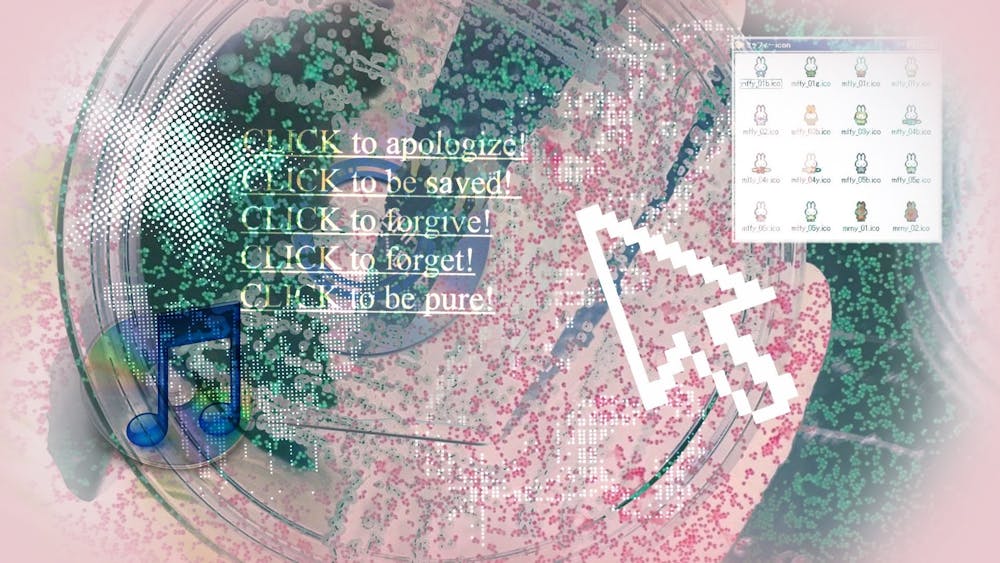In the whirlwind that is contemporary cultural expression, amid the dynamic shifts of our modern society, I must ask myself … what is grandmacore? I scroll relentlessly through my Instagram feed. Cottagecore girl for second–hand furniture and bucolic living. Christian girl autumn icon rediscovers Vermont. That top is sooo old money coastal grandma. It’s not minimalism, it’s quiet luxury. It’s not sporty, it’s blokette. New Balances. Dadcore. This is the fluidity of internet appearance.
These micro–classifications are ever–present in the fashion and lifestyle areas of our culture. But what happens when the incessant classification of online identities is extended to music? Although microtrends and internet aesthetics are products of the 21st century, musical microgenres are a far older development.
The term “microgenre” has been used since the 1970s to describe highly specific genres of music, film, art, and literature. Sometimes these genres are retroactively created by collectors to increase the monetary value of certain records—examples of this include “garage punk” or “sunshine pop." More recently, the rise of the internet has allowed for the use of microgenres as a means to generate popularity or “hype” for emerging sounds and artists (like “seapunk” or “vaporwave”). Today, Spotify identifies 6,000 genres of music. In 2016, that number was 1,482. While our social media presences did not provoke this hyper–classification of musical sound, it definitely expedited the process.
This is one way that our online presence has altered how we think of music in the modern age: everything must have its appropriate virtual classification. Maybe there’s a rational reason for this: these micro labels are utilitarian descriptions, and these constant markings of sound function as searchable tags, so that when I punch “rockstar girlfriend” into my Pinterest browser or Spotify search bar, I find exactly what I’m looking for.
But it is much more likely that these micro labels are indicative of our emotional connection to music, and the modern inside–the–box mindset that derives from more that five daily hours of screen time.
Sure, it's fun to get pedantic about your music, but is it necessary to label music as it’s created? Is this identification indicative of an increased attention to musical detail, or a decreased toleration of musical ambiguity? An acceptance of musical diversity, or a restriction of musical expression by confining artists to distinct and separate genres?
Perhaps if a sound is bestowed a sonic niche, it is granted recognition in the digital age and is therefore worthy of a distinguished identity. It is not unimaginable that, upon hearing the raspy vocals of a “Grunge Folk” artist, or the melodies of “Dreamwave Synthpop,” one might ask, “Well, what is this I’m listening to?” in a strictly inquisitive sense. But labels are only constructive so far as they are convenient. Wouldn’t “shoegaze,” by any other name, sound just as sweet? It can be difficult to encapsulate, in a mere two to three words, a musical experience that is so contingent upon our own interpretations, and our efforts will be unsatisfactory if this incessant labeling exists only to placate our inability to listen without regulation.
Some advice? Relieve yourself of sonic cubicles, and spend less time on Tumblr. Sit down and listen to crashing trumpets and synthesized guitar riffs without worrying about putting a name to the noise.







